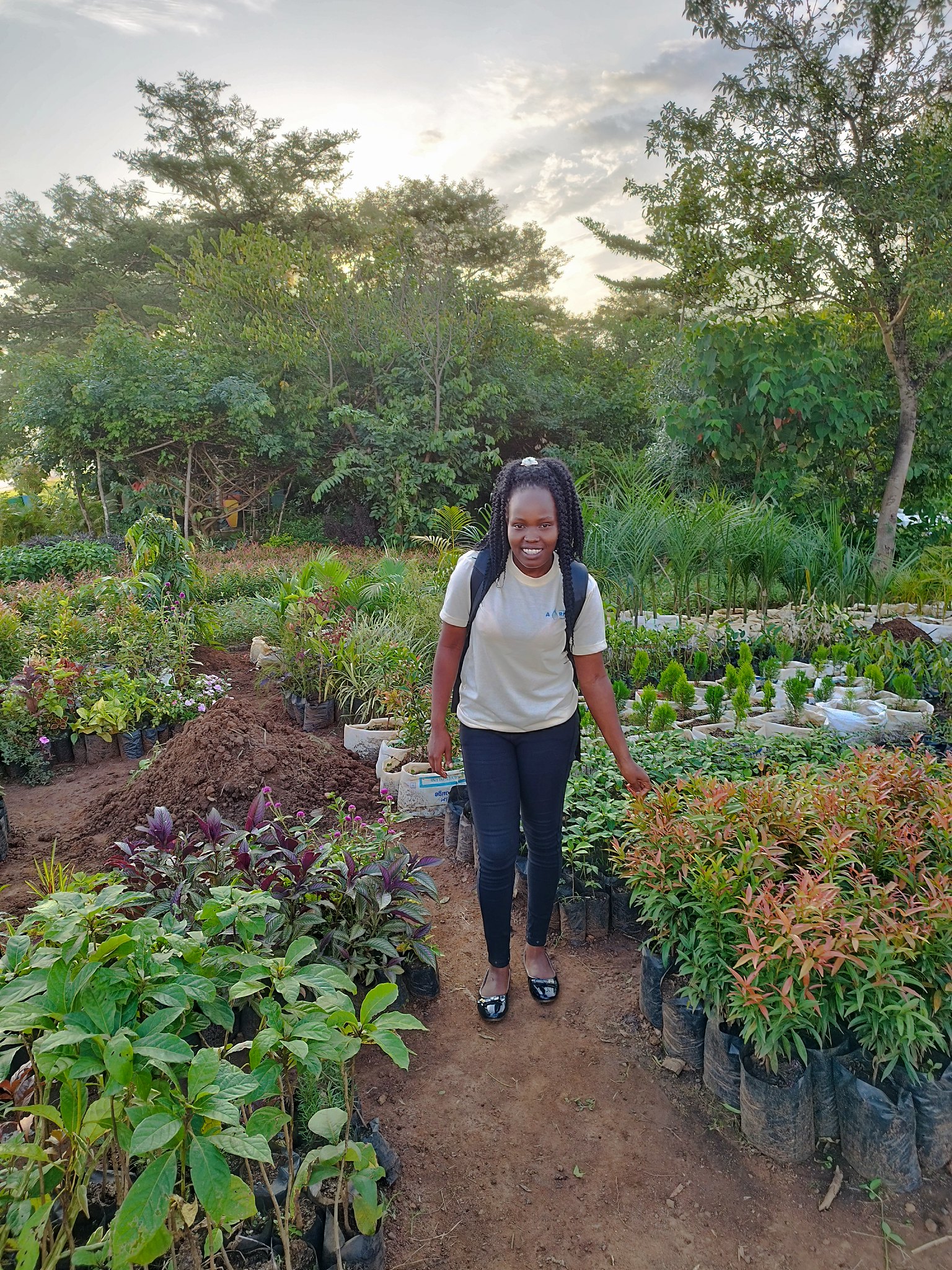Planning and Preparation
- Identify Your Goals: Determine the purpose of your tree nursery (e.g., reforestation, sale of seedlings, community projects).
- Research: Study the local climate, soil conditions, and suitable tree species.
- Location: Choose a suitable site with adequate sunlight, water access, and good soil drainage.
Designing the Nursery
- Layout: Plan the layout considering seedbeds, pathways, water sources, and storage areas.
- Infrastructure: Set up basic infrastructure such as shade structures, irrigation systems, and fencing to protect against animals.
Preparing the Soil
- Soil Testing: Test the soil for pH, nutrients, and texture to understand its suitability for growing trees.
- Soil Improvement: Amend the soil with organic matter, compost, or fertilizers to improve its fertility and structure.
Sourcing Seeds and Seedlings
- Seed Collection: Collect seeds from healthy, mature trees or purchase from reputable suppliers.
- Seed Treatment: Some seeds may require treatments like scarification or stratification to improve germination rates.
- Seed Storage: Store seeds in a cool, dry place if not planting immediately.
Sowing Seeds
- Seedbeds: Prepare seedbeds with fine, well-drained soil. Ensure they are weed-free.
- Sowing: Sow seeds at the appropriate depth and spacing. Cover lightly with soil and mulch to retain moisture.
- Labeling: Clearly label seedbeds with species names and sowing dates.
Transplanting Seedlings
- Seedling Care: Once seeds germinate and seedlings grow to a manageable size, transplant them into individual containers or larger beds.
- Container Types: Use appropriate containers such as pots, bags, or trays with drainage holes.
Watering and Fertilizing
- Irrigation: Set up a consistent watering schedule. Ensure the soil remains moist but not waterlogged.
- Fertilization: Apply balanced fertilizers or organic compost to promote healthy growth.
Pest and Disease Management
- Monitoring: Regularly inspect plants for signs of pests or diseases.
- Control Measures: Use organic or chemical control methods as needed, following safety guidelines.
Maintaining the Nursery
- Weeding: Keep the nursery free of weeds to reduce competition for nutrients and water.
- Pruning: Prune seedlings to promote strong growth and desired shapes.
- Hardening Off: Gradually acclimate seedlings to outdoor conditions before planting them in their final locations.
Record Keeping
- Documentation: Keep detailed records of seed sources, planting dates, germination rates, and any treatments applied.
- Tracking Growth: Monitor and document the growth and health of seedlings regularly.
Community Involvement
- Engagement: Involve the local community in nursery activities through volunteer programs, workshops, and educational tours.
- Awareness: Promote awareness about the importance of tree planting and forest conservation.
Scaling Up
- Expansion: As the nursery grows, consider expanding your operations by increasing the variety of species, improving infrastructure, or partnering with other organizations.
- Sustainability: Implement sustainable practices to ensure the long-term success of the nursery, such as using renewable resources and conserving water.
